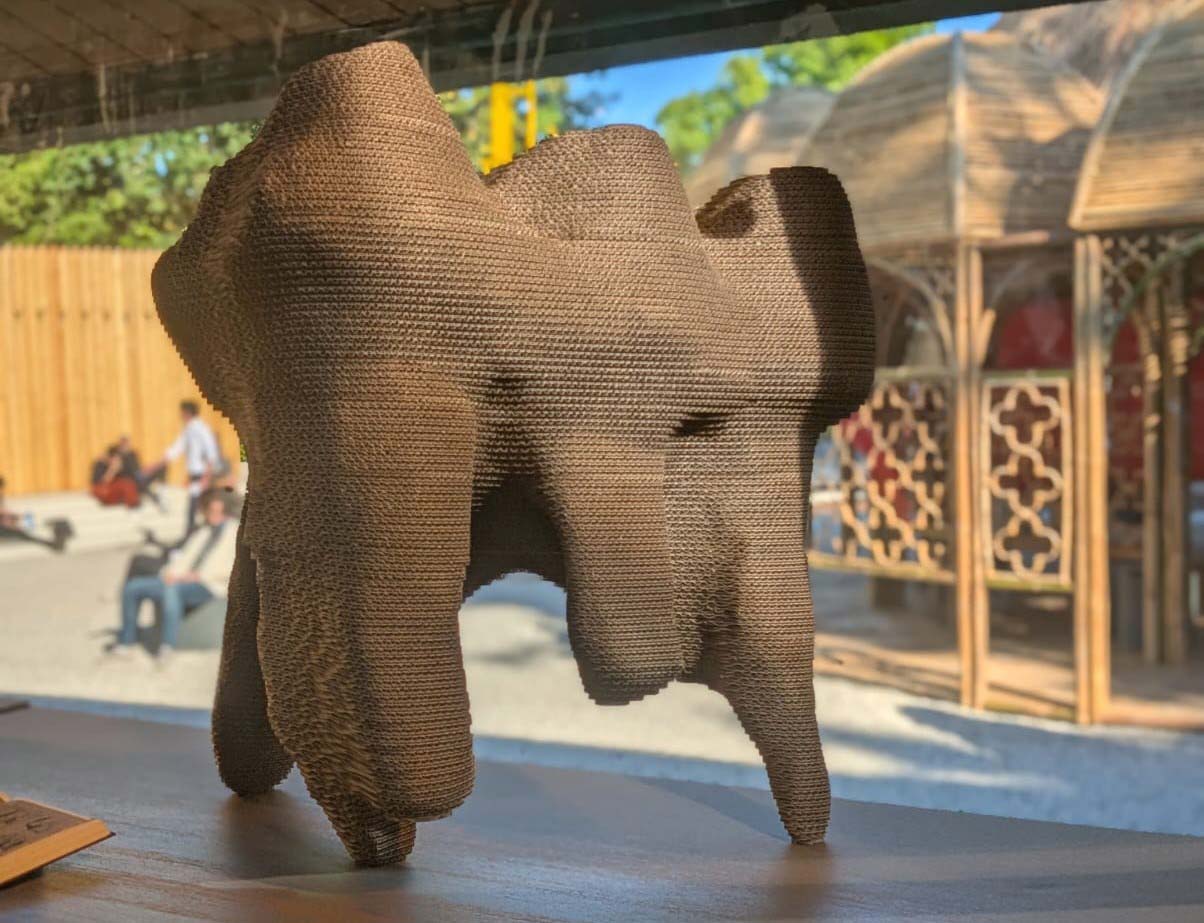
Larsen Advocates to Protect Our Most Vulnerable Residents From Extreme Heat
Extreme heat is America’s deadliest weather hazard, killing more people than hurricanes, floods, and tornadoes combined. Yet one obvious solution – increasing access to indoor cooling – is hindered by a lack of reliable data on which households have working air conditioning.
A Taubman College faculty member is attempting to change that.
Larissa Larsen, professor of urban and regional planning, met with federal officials in Washington, D.C., for two days in early April as part of a trip organized by the Federation of American Scientists (FAS). Her mission: Convince the government to include a question on the U.S. Census American Community Survey asking people if they have working air conditioning and, if so, whether they can afford to run it.
Larsen’s research shows that as extreme heat events become more frequent and prolonged, many people – especially lower-income residents living in older housing – are at risk of life-threatening heat exposure in their homes. About 1,300 Americans die every year from exposure to extreme heat, and the risk of heat-related deaths and illness is expected to increase as heat waves become more common, according to the Environmental Protection Agency.
“Adding a question to the American Community Survey will provide life-saving information for emergency responders, social service providers, and city staff as extreme heat events become more frequent and intense,” Larsen argues in a policy memo for FAS.
Acquiring information on working air conditioning would also aid in distributing billions of dollars in federal funding for energy and weatherization assistance for the most vulnerable residents.
Larsen said even when lower-income residents have access to working central air conditioning systems or individual window units, the cost of electricity may be prohibitive, or the systems may be broken.
During her trip to Washington, Larsen met with officials from the Department of Health and Human Services (HHS), the Department of Energy, the Environmental Protection Agency, and the Census. She continues working with the individuals and is seeking a supporting agency to get the air-conditioning question added to the American Community Survey. “HHS seems like the obvious fit,” she said. Larsen is also writing a new paper to support her argument.
Another segment of the Census – the biennial American Housing Survey (AHS) – asked residents about air conditioning in 2019, but that survey was taken from a sample of only 2,000 homes and did not ask whether the AC systems or units were working.
The American Community Survey, on the other hand, samples far more residences each year and would give a much more representative picture, Larsen said.









